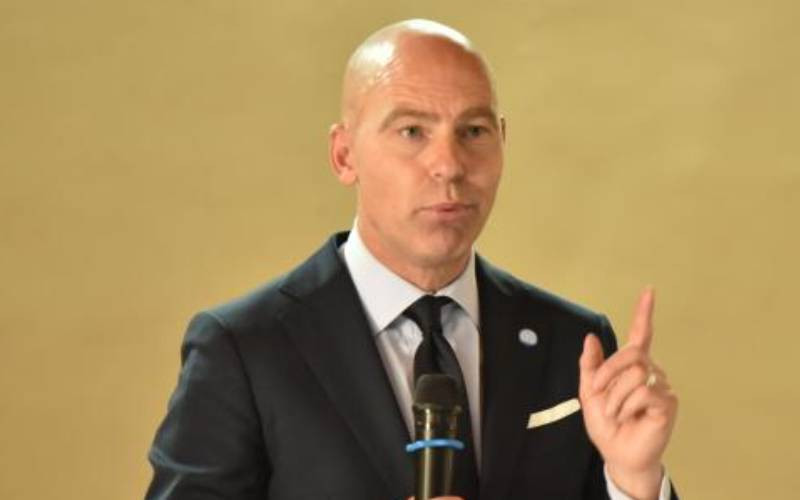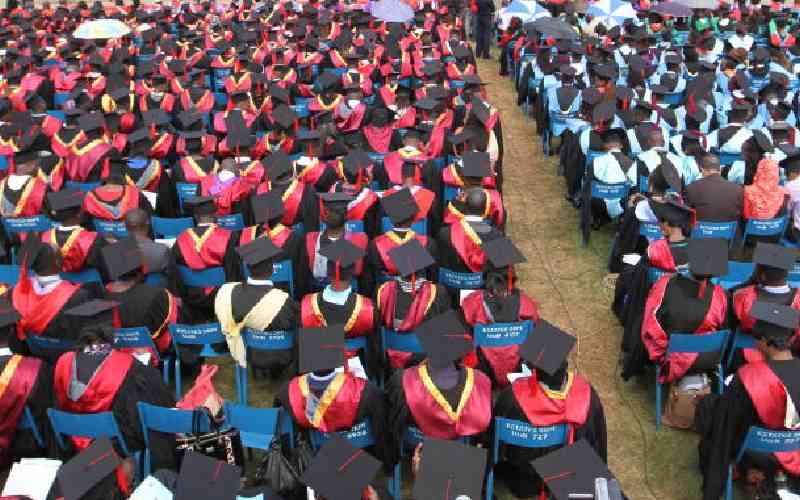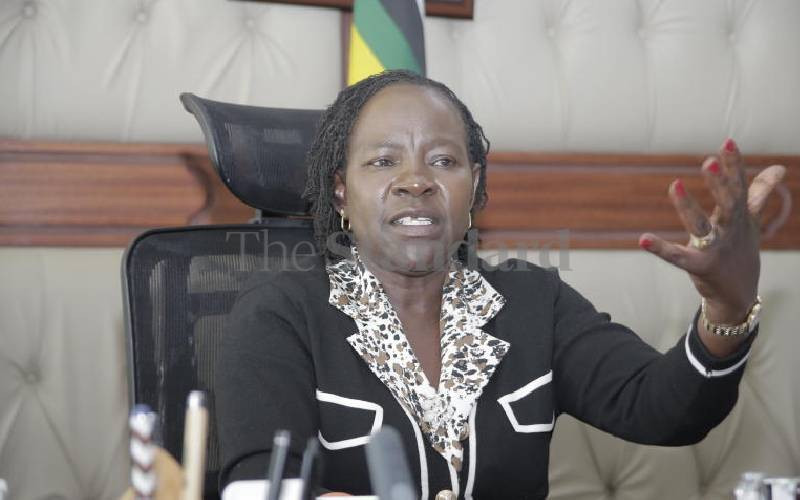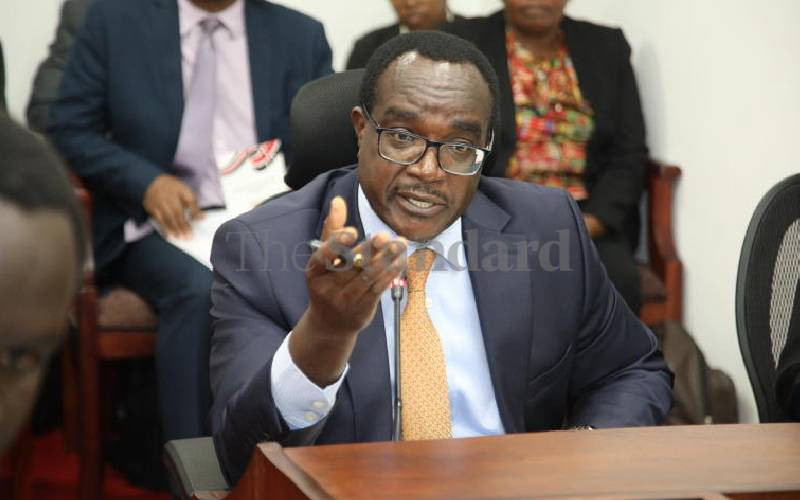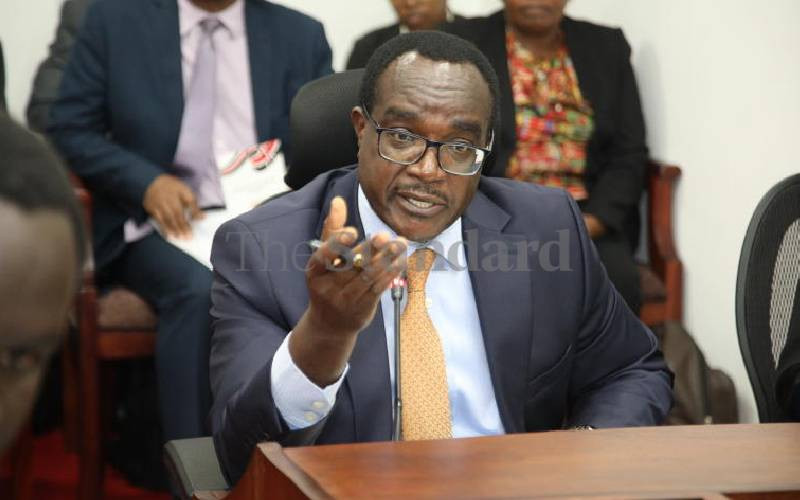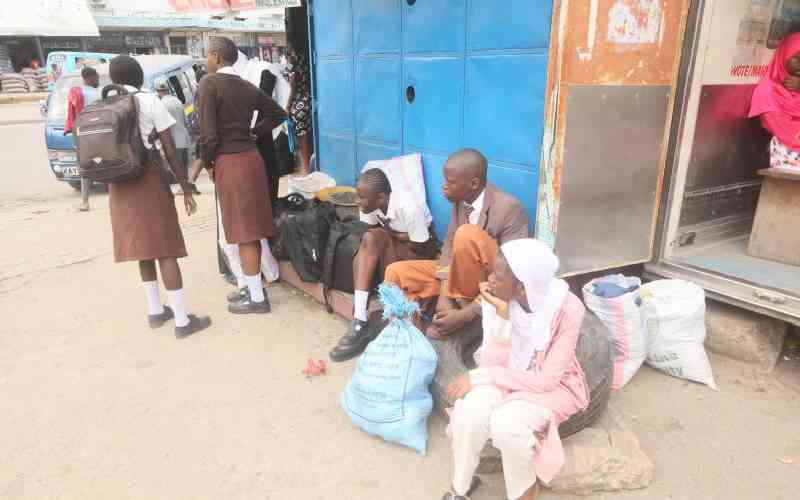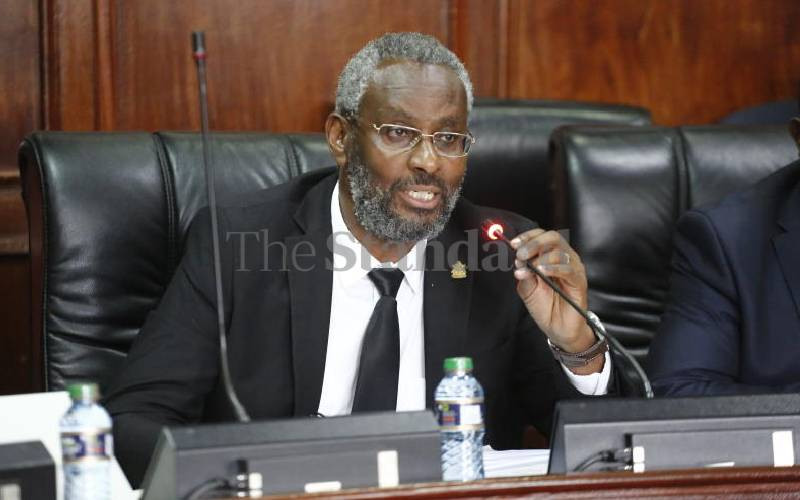
The challenges Junior Secondary School (JSS) has experienced since its advent continue to affect learning, plunging the ministry of Education into a spotlight over its failure to address them.
Two weeks after learners reported, it is emerging that staffing gaps have not been addressed. Congestion and confusion are still characterising JSS, affecting learning in the process.
A spot check in several primary school hosting JSS revealed they are still understaffed and struggle to deliver curriculum, raising questions about ministry commitment to the success of this new level of learning.
Teachers Service Commission (TSC) chief executive Nancy Macharia had admitted JSS is grappling with a shortage of teachers, requiring at least 99,045 teachers against the current number of 56,928.
A crisis was evident as the pioneer Competency Based Curriculum (CBC) class reported to Grade Eight and the second JSS classes started last week.
Inadequate infrastructure, lack of funding, lack of sufficient teaching and learning materials are still affecting learning in JSS.
Last year, Kenya Union of Post Primary Education Teachers (KUPPET) claimed no proper learning took place in Grade Seven as poor staffing, rivalry among teachers and poor preparations rocked the JSS.
- Gender PS urges teachers to break the silence on mental health
- Teacher's eco-friendly innovation that transforms waste into Art
Keep Reading
And yesterday, Kuppet Secretary General Akelo Misori said the implementation of JSS has disappointed parents and learners.
"The government messed up a whole year for learners in JSS last year and the same continues to happen this year. It is not too late to change the tide and take them to high school," Misori said.
Misori further said, the confusion going on in junior secondary is the government's own making.
"We have a lot of unutilized resources in senior schools while primary schools are struggling. These includes trained teachers and infrastructure," he said.
This came as Education Cabinet Secretary Ezekiel Machogu maintained learning in the second tier of education is going on smoothly.
Primary school head teachers, who also double as principals of the JSS, told The Standard nothing has improved as the issues they raised last year have not been addressed.
Delayed funding also remains a major challenge even as teachers struggle to deliver curriculum in a constrained environment.
Johnson Nzioka, the chairman of Kenya Primary School Heads (Kepsha) said institutions have been weighed down by debt and delayed disbursement of capitation funds.
"The challenge we have been facing is capitation in schools. As of now, learning has started even though schools are yet to receive the money," Nzioka said.
He added: "School heads are trying to survive with what they have. We are still incurring debts expecting funds to settle them later."
Basic Education Principal Secretary Belio Kipsang, last week, said the Treasury had released school capitation funds. "I would like to assure our schools, and our head teachers, as well as our principals that we have released the funds. The resources you are required to receive we have released them. We have done so."
TSC is also yet to deploy additional teachers to JSS with most schools surviving with only one tutor.
A head teacher in Nairobi County said one teacher to JSS is not enough considering the many learners the teacher has to handled.
"This is hindering effective implementation of the curriculum. We have six streams per class of JSS with 370 students, yet there is only one teacher. It is not possible for the teacher to implement the curriculum effectively," said the teacher.
"For proper teaching and learning to take place, there is a need for hands-on learning with each learner involved in the learning activity. Unfortunately, this is not happening at the moment."
In Kiambu, a source said some schools were said to be passing the extra costs of teaching and learning materials to parents.
"Since we don't get enough from the government, we some times ask parents to buy workbooks for their children," the source said.
Another principal noted there was confusion over the many colours of uniforms in their schools. "The ministry directed us to allow pupils to attend school in uniforms they used while in Grade Six last year. However, some have overgrown them and we have received new students from other schools that don't have JSS. We presently have multiple uniforms in the same set up, which is confusing," she said.
Machogu had instructed all schools not to send JSS learners away over uniforms and to give parents time to procure the outfits.
"Grade Seven learners to be allowed to attend school in uniforms they used while in Grade Six in 2023 as parents and guardians make efforts to buy new outfits for the JSS," the CS said.
He added: "Schools must desist from asking parents to construct new classrooms for the current Grade Eight candidates. The government plans to spend Sh12.8 billion to facilitate the construction of 15,015 classrooms for JSS over the next one year."
Nzioka said uniforms are part of the requirements of effective administration and discipline.
"We have left the uniform issue to our members to handle it locally. We advise school heads not to send the pupils away because of the uniform. However, it becomes difficult for administration purposes," he said.
Interviews revealed a disquiet amongst the teaching staff in JSS with tutors faulting the TSC not taking responsibility to retool them to acquire the required competency to handle the learners.
Those who spoke to The Standard said Science, Technology, Engineering and Mathematics subjects, under CBC, require special attention.
 The Standard Group Plc is a multi-media organization with investments in media platforms spanning newspaper print
operations, television, radio broadcasting, digital and online services. The Standard Group is recognized as a
leading multi-media house in Kenya with a key influence in matters of national and international interest.
The Standard Group Plc is a multi-media organization with investments in media platforms spanning newspaper print
operations, television, radio broadcasting, digital and online services. The Standard Group is recognized as a
leading multi-media house in Kenya with a key influence in matters of national and international interest.

